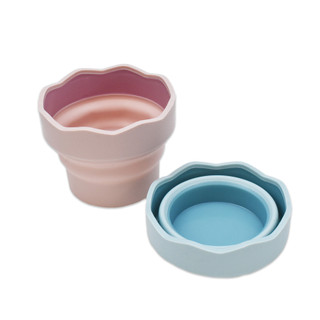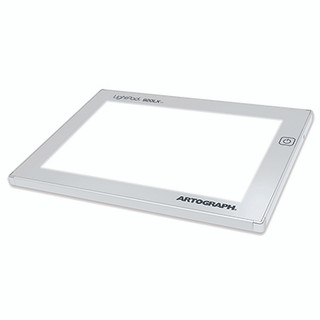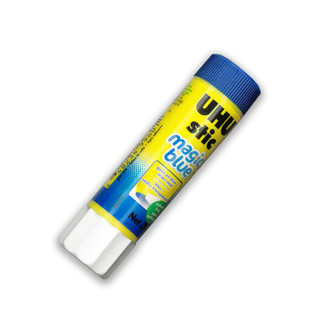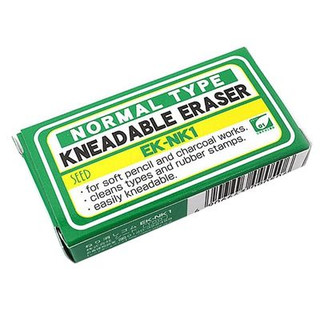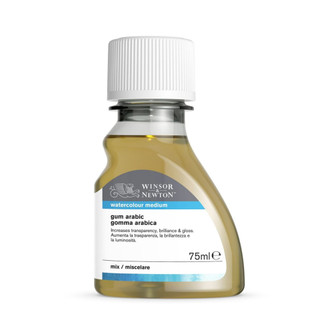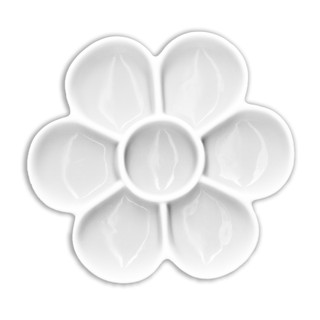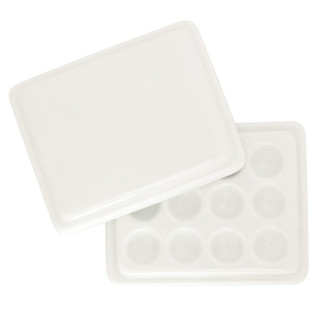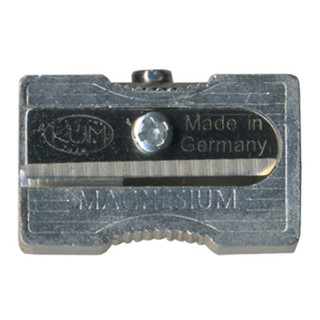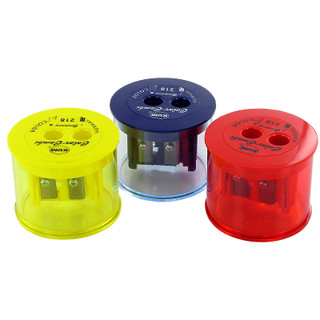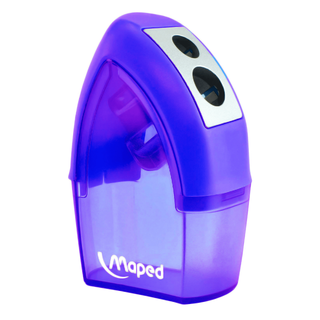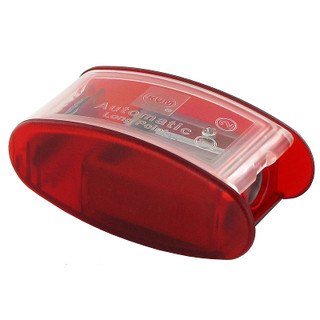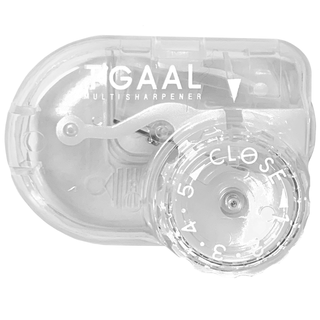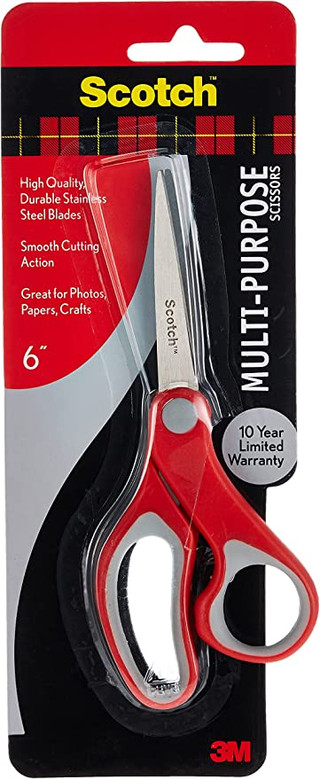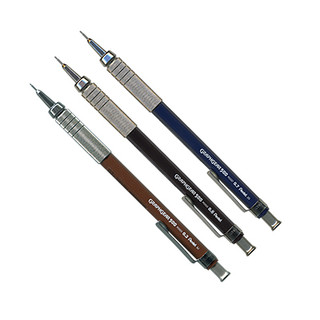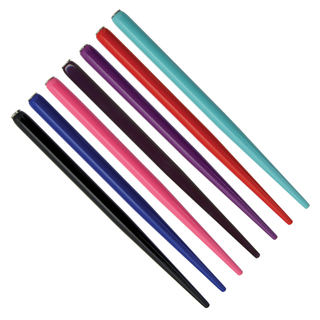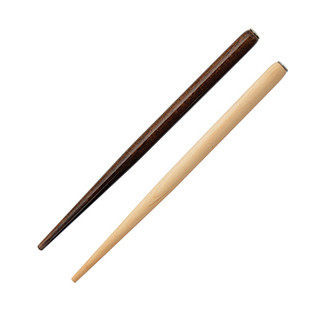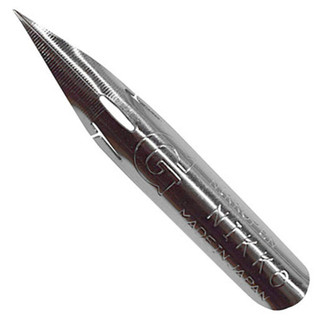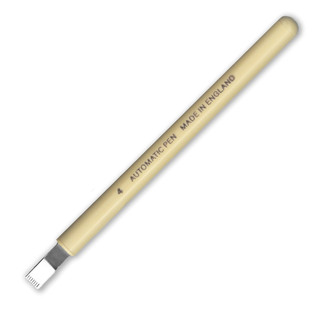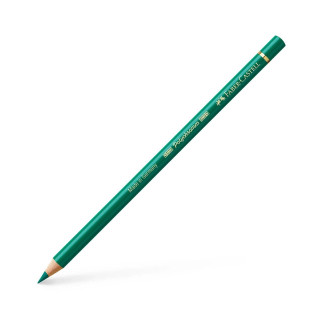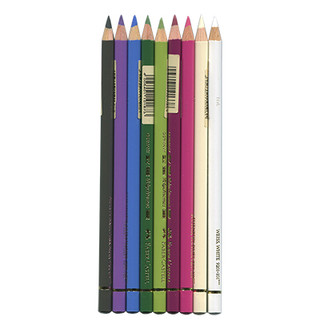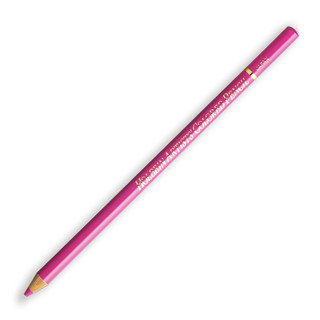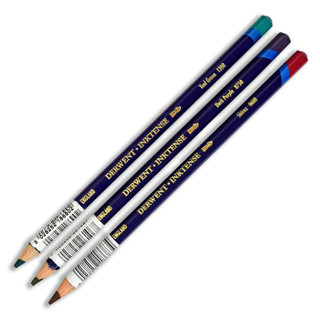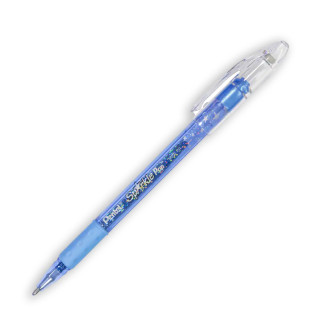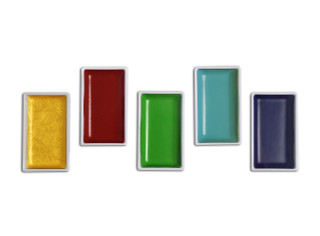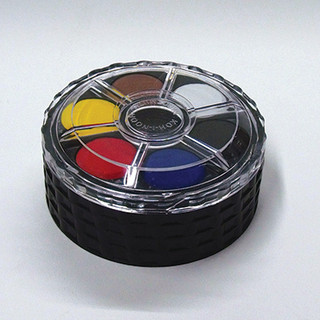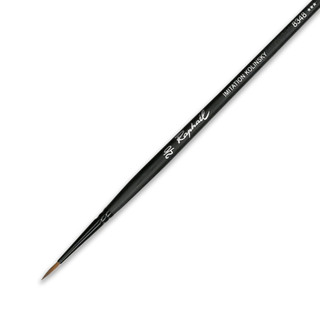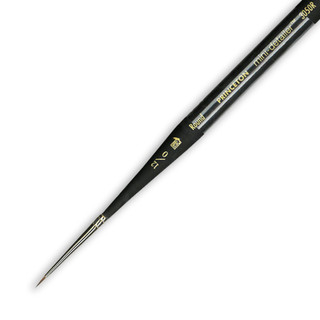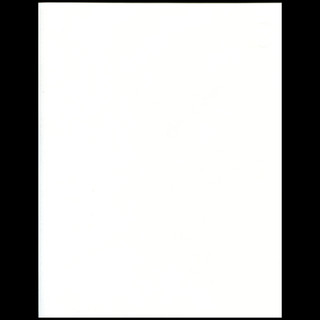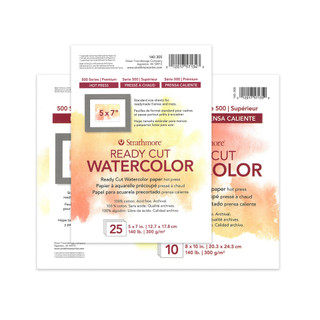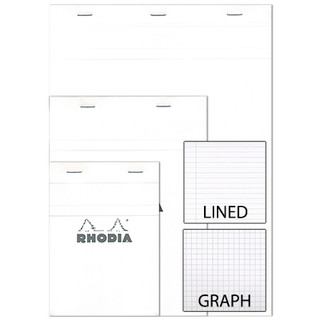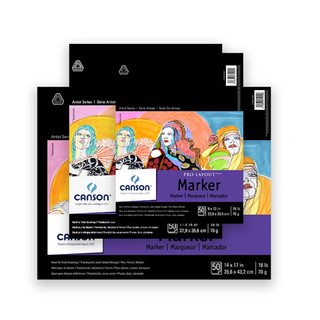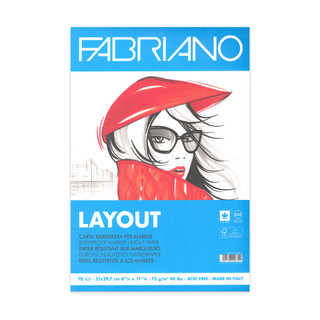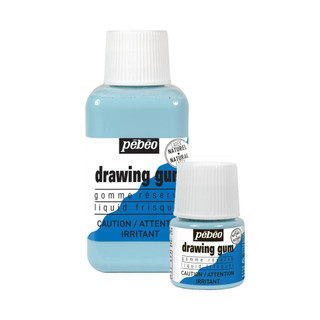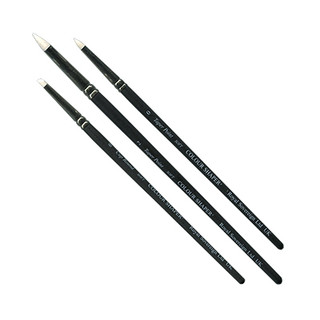Cheryl Tefft - Decorated Letters: Art Deco Chic - Apr 11, 18 and 25
img:shop.png
Art Deco style meets creative approaches to artistic letters in this workshop! Here you’ll learn how to design striking letters by using the drama of negative space to create dynamic effects. We…
Read MoreDescription
Art Deco style meets creative approaches to artistic letters in this workshop! Here you’ll learn how to design striking letters by using the drama of negative space to create dynamic effects.
We’ll work with layered compositions and study Adolf Bernd’s distinctive letter designs to inspire your own creative approach, as well as exploring various options for using watercolor.
No experience? No problem! This class is designed for all skill levels, from complete beginners to experienced artists looking to expand their decorative art repertoire.
As a bonus, you'll also get the recording and handouts from the preview class held on April 4, Art Deco Roses!
Art Deco Roses Intensive
Cheryl Tefft, Hosted By Calligraphy Crush Magazine
Live (Also recorded for later viewing)
April 11, 18, 25
1 pm to 3 pm EDT
Class Cost : $237 USD
All Skill Levels
Registration Contact Email: classes@calligraphycrush.app
Registration Link: https://classes.calligraphycrush.app/art_deco_4954851
Supply List:
DP only = only needed if using dip pens
General supplies
- Ruler; metal with cork backing is recommended (S270 or S271)
- Painter's tape, drafting tape, artist’s tape, or other low-tack tape, preferably no more than 1” wide (S412 or S931)
- Container for rinse water (S1005, S1151, S1694, or S1685)
- White eraser, click-style (E06), or your favorite alternative eraser
- 1 small dropper bottle with watertight cap, for distilled water (ideally holding approx. 2-4 ounces [60-120 ml]). (S1017) Optional: get a second one if you are using gum arabic; that one should hold about ½ -2 ounces (15-60 ml).
- Light pad (or light box if you already have one) (S939 or S1013)
- Exacto knife with pointed (usually #11) blade (S417 or S1702)
- Glue stick; suggest the kind which goes on in color but dries clear, but you can get any kind you like (S1663 or S391)
- Small cutting mat (S504), or you can use the back of a pad of paper
- Distilled water—make sure it says "distilled”
- Paper towels
- Cover sheet to put under your hand—a standard manila file folder works well
- Optional: Kneaded eraser (E09 or E36) or rubber cement pick-up (S199)
- Optional: Gum arabic; liquid type recommended (I84)
- Optional: Pen rest (S912)
- Optional: Magnifiers of some type (portable and hands-free), such as reading glasses, or a magnifying visor
- Optional: Palette with shallow wells for mixing colors—only needed if you are using tube watercolors (S3010, S120-30, S1091, S1094, S2017, S679, S747, S2005, or S2006)
- Optional: Pencil sharpener (S960, PL34, Pl70, PL13, PL68, PL57, PL69, PL41 or PL42); you might want a dedicated one for colored pencils/watercolor pencils.
- Optional: Scissors (S1662 or S1665)
Writing/drawing/embossing/mark-making tools
- Pencil—fine-point mechanical pencil recommended, such as the GraphGear 500 with 0.5 mm lead (PL21)
- Pigma Micron fine-point marker (in BLACK ink); size 01 (M218), or similar
- Optional: DP (dip pen) only: Broad-edge dip pen nibs in a full assortment of sizes: Mitchell roundhand square (right hand) brand nibs recommended, 10-nib set (N04-S10), with or without reservoirs, as you prefer; you can substitute a comparable alternate brand if you like. Lefties, substitute left-handed nibs if you prefer them.
- Optional: DP (dip pen) only: Straight penholder, your choice of style (NOT a crowquill holder). Contoured holders are usually slightly higher in price but much more comfortable to hold. (H104, H111, H112, H113, H122, H138, H63, H77, or H169). People with arthritis, carpal tunnel syndrome, or other hand issues often prefer a fatter holder (H78).
- Optional: DP (dip pen) only: Several of your favorite pointed nibs to use IF you want to work with a script style. We will also do one or two exercises for which you might want to use a less-flexible pointed pen (such as a Nikko G or Zebra G (N113 or N118) to draw outlines.
- Optional: DP (dip pen) only: Oblique penholder of your choice, IF you customarily use it for script styles and want to work with those in this class; for example: (H133, H212, H129, H148, or H114)
- Optional: Automatic pens, any size (N26)
- Optional: Colored pencils (PL28, PL28-S12, PL29, PL05, PL76, PL16, PL16-12SET, or PL77-Basic tone) and/or watercolor pencils (PL32 or PL58), with sharpener as needed; suggest getting at least a basic set of colored pencils for doing quick color testing on your projects in the rough draft stage.
- Optional: Any calligraphy tools or supplies you might want to use with your class projects (no calligraphy is actually required in this class)
- Optional: Gel pens of your choice (M96, M152, M152-S, M137, M137-S, M138, or M138-S)
- Optional: Ruling pen—used for ruling lines (S1678 or S1061)
Inks/paints
- Watercolor paints, assorted non-metallic colors (a basic pan set of watercolors is fine; a selection of bright jewel tones and/or pastel colors will be the most useful in this class) (S2013, S1660, S959, S3041, S808, S609, FP107, or S1032 [12-A or 36-color set]) NOTE: If you get tube watercolors instead of a pan set, you will also need the basic palette mentioned earlier.
- Optional but highly recommended: High-quality metallic gold watercolor or gouache—either pan or tube form—HIGHLY recommended: FineTec (a.k.a. Coliro) watercolor, Arabic Gold color (S1000); with a storage case if needed (S1113).
- Optional: Additional metallic watercolors/inks/gouaches beyond what is listed above as being required (such as Coliro (a.k.a. FineTec)--a great favorite!) (S1000)
Brushes
- Small round (pointed) brush, size 0 or smaller; a favorite size for what we will be doing is size 000, a.k.a. 3/0 (you might find it helpful to have a range of sizes from 0 to 0000, such as the Winsor Newton Sable Gold 101 set). (BR91, BR100, BR81, BR26, BR26-S4, BR104, BR49, or BR80)
- Optional: Small-ish flat brushes (get 2 or more) primarily for mixing and loading gouache/ink; rough-haired flat brushes about ¼" wide are ideal (BR02)—you will only need these in this class if you are using a ruling pen or using the brushes in your calligraphy.
- Large foam brush or cheap large flat brush (1” wide or wider), for watercolor washes and working with Frisket (BR64)
- Optional: Very cheap pointed and/or flat brushes, sizes of your choice—only needed if you are using masking fluid
Papers
- Watercolor paper of your choice, white or off-white, something fairly smooth and non-bleeding. (Mixed-media varieties may not be the best option for this class.) Medium weight (about 140#) is suggested but not required. Get at least one large sheet, or the equivalent amount in approximately letter-size sheets (about 8 to 10 sheets, approximately 8-½ x 11” or A4 size), or some combination of the two. You might want to get several different types of paper to see what works best for each technique featured in this course. Some suggested watercolor papers are:
- Arches Hot Press, 90# or 140#; an all-purpose favorite (PS42, PS47 or PA42)
- Fabriano Artistico Hot Press, 140#; another all-purpose favorite (PS115)
- Arches Text Wove; a favorite for all drawing and painting projects but not for calligraphy (PS01 or PA03)
- Lanaquarelle Hot Press, 140# (PS120)
- Stonehenge Aqua Hot Press, 140# (PA110)
- Stonehenge Hot Press (SPS110)
- Strathmore 500 Series Drawing Paper (PS89)
- Strathmore 500 Series Watercolor Paper, 140# (PA26)
- Patterned paper of your choice, at least 8×8”, such as paste paper, marbled paper, or paper with any other kind of pattern or variegated look you like (stronger patterns and more brightly colored paper are generally preferable for this technique) (PS125, P62, PS126, or PS127)
- Optional: Fine art paper sample sheet pack (PA101) If you don’t already have strong favorites in watercolor paper, recommend getting this sampler pack for testing before buying larger quantities.
- Optional: Grid paper, as non-bleeding as possible; letter-size paper or larger, 1 pad; Rhodia is highly recommended. (P22, P56, P55, P21, P38, or P80).
- Optional: Any other practice paper or fine paper you prefer
- Optional: Watercolor paper in different colors/types—ideally types you’re already comfortable with but in black or other colors, or papers that have rougher or more interesting textures (such as cold-press or rough-press versions of other watercolor papers)
- Optional: Layout bond paper or layout marker paper, letter-size or larger, about 10 sheets (P09-50, P32, or P203)
Miscellaneous
- Sponge, any kind, though irregular, natural-type sponge is recommended
- Double-sided foam mounting squares or dots (preferably acid-free), approximately 0.125” (3 mm) minimum thickness suggested, Qty: 20+ squares or dots
- Masking fluid, a.k.a. Frisket; the Pebeo brand is most popular with calligraphers (S198) and/or frisket pen/marker (see next item)
- Optional: Frisket pen or frisket marker (a.k.a. Masking fluid pen/marker); Pebeo is a favorite brand, but try any kind you like. These are (mostly) more or less like a pen that dispenses frisket instead of ink, which gives you a thin line of frisket. Some of these look more like a normal gel pen/paint pen/marker (which you operate more or less in that same way), and some are more of a small plastic squeeze bottle with an extended cap. (M144)
- Optional but highly recommended: Frisket film
- Optional: Color shaper tools (BR62 or BR61)
- Optional: An old credit card
- Optional: Rubber stamps (whatever you already have; don’t go out and buy)
- Optional: Folded pens (whatever you already have; don’t go out and buy)
- Optional: Other favorite/inexpensive solid-surfaced mark-making tools (whatever you already have; don’t go out and buy)
Reference Books
- Optional but very highly recommended: Decorated Lettering, by Jan Pickett, has lots of modern (and modernized traditional) lettering/decoration techniques to explore. (B4090)
- Optional: Illuminated Letters Sketchbook, by Jane Sullivan (B4145)--a delightful collection of somewhat modernized versions of traditional decorated letters.
Shop supplies for this class:









